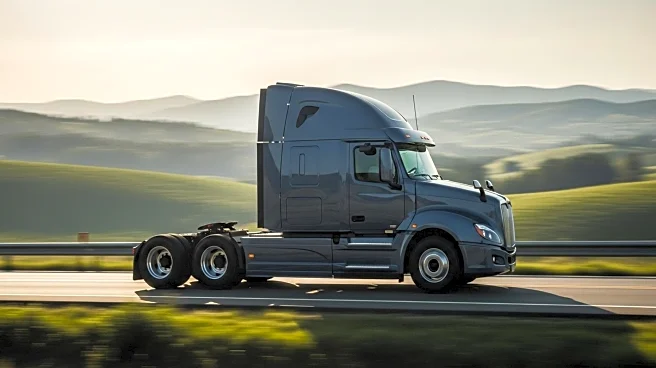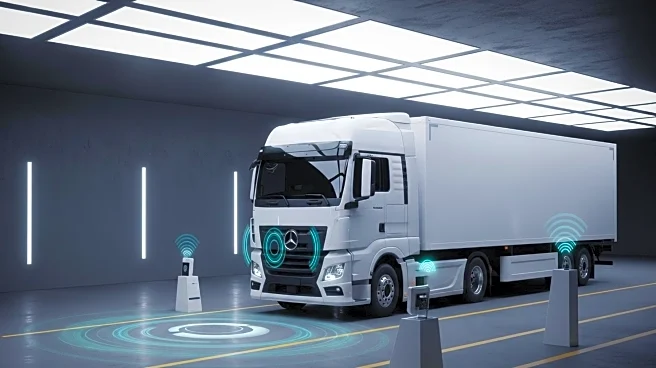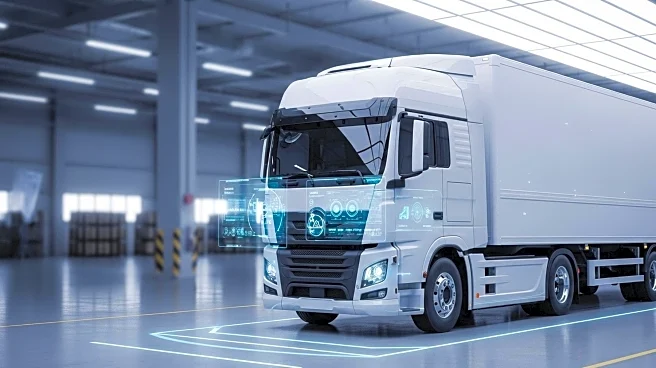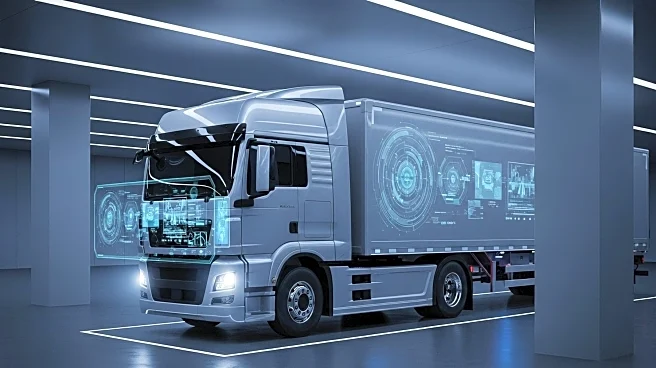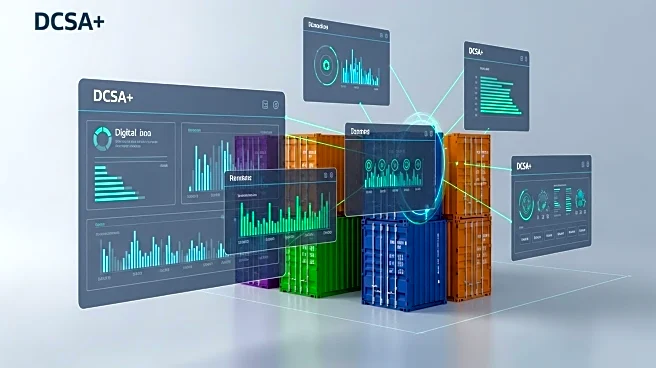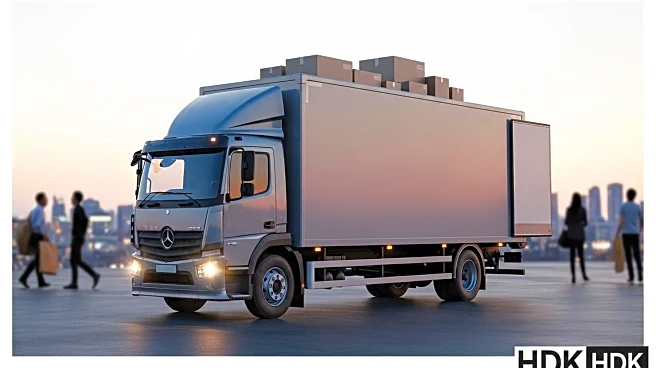What's Happening?
The trucking industry is experiencing a shift towards regional haul operations, driven by driver demands and the rise of e-commerce. This transition involves adapting routes and equipment, with a focus on day cab tractors and return-to-base operations. Jonathan Randall, president of Mack Trucks North America, highlighted this trend at the FTR Transportation Conference, noting that 48% of Class 8 vehicle production consists of sleeper trucks, while 25% are day cabs. The move to regional haul is partly due to drivers' desire to be home more frequently, prompting fleets to reevaluate routes. This shift also supports the adoption of alternative-fueled vehicles, as fueling infrastructure can be installed at fleet bases, simplifying the fueling process.
Why It's Important?
The shift towards regional haul operations has significant implications for the trucking industry. It addresses driver satisfaction by allowing more frequent home returns, which is crucial for attracting and retaining skilled drivers. Additionally, the move supports the industry's transition to alternative-fueled vehicles, as regional operations facilitate easier fueling and charging infrastructure. This change could lead to reduced emissions and operational costs, aligning with broader environmental goals. The shift also reflects the growing influence of e-commerce, which demands more predictable and efficient delivery routes, potentially reshaping logistics and distribution strategies.
What's Next?
As the trucking industry continues to adapt to regional haul operations, fleets may further invest in infrastructure to support alternative-fueled vehicles. This could involve expanding fueling and charging facilities at bases and exploring new technologies to enhance efficiency. Additionally, companies may reevaluate their logistics strategies to optimize routes and meet e-commerce demands. Stakeholders, including manufacturers and logistics providers, will likely monitor these developments closely to capitalize on emerging opportunities and address challenges related to driver retention and environmental impact.
Beyond the Headlines
The shift to regional haul operations may have broader implications for the trucking industry's workforce and environmental policies. By prioritizing driver satisfaction, companies could improve retention rates and reduce turnover costs. Moreover, the adoption of alternative-fueled vehicles aligns with sustainability goals, potentially influencing regulatory frameworks and public perception of the industry. This transition may also encourage innovation in vehicle design and logistics technology, fostering a more resilient and adaptable transportation sector.

